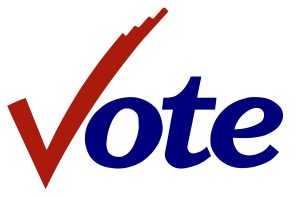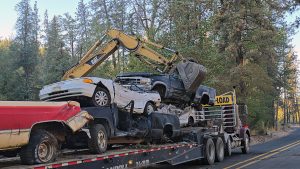Metrics set strict health and safety standards for in-person instruction, with accommodations for young learners, remote and rural schools
(Portland, OR) — Given the reality that COVID-19 will continue to impact Oregon students, schools, and communities throughout the 2020-21 school year, Governor Kate Brown today released new metrics to guide school district decisions about when it is safe to resume in-person instruction, and when a transition to comprehensive distance learning is necessary.
“The metrics released today will give our public schools, private schools, and communities the opportunity to make sound decisions based on the latest science and health data,” said Governor Brown. “They make a clear connection between the spread of the disease in a community, and statewide, and when a school may resume, or must halt, in-person instruction.
“We are taking a cautious and careful approach that protects public health, just as we have over the past five months in responding to this disease. If we don’t do this right, then the impacts of COVID-19 on students and the very functioning of our schools could deepen existing disparities in opportunity and outcomes for our children, and widen racial and socioeconomic inequality in our society.”
Oregon school districts are currently developing plans for the coming school year using ODE’s Ready Schools, Safe Learners guidance. The following metrics were developed by doctors and health experts at the Oregon Health Authority, working with education experts at the Oregon Department of Education and the Early Learning Division.
In-Person Instruction or Hybrid Instruction Model: All Grade Levels and School Districts
In order to resume in-person instruction in any form, including hybrid instruction models when students are only sometimes in the classroom, the following conditions must be met:
County Metrics (Must be Met Three Weeks in a Row)
- 10 or fewer cases per 100,000 people over 7 days
- Test positivity of 5% or less over 7 days
Statewide Metrics (Must be Met Three Weeks in a Row)
- Test positivity of 5% or less over 7 days
In-Person Instruction or Hybrid Instruction Model: K-3 Students and Remote and Rural School Districts
Under some conditions, in-person instruction can resume only for K-3 students and remote and rural school districts with fewer than 100 students. Younger students get the virus at lower rates, get less sick, and spread the virus less than older students and adults. Younger students also need more in-person instruction to build the literacy and math skills critical for lifelong learning. Schools in remote and rural communities are less likely to contribute to the community spread of COVID-19 cases that cannot be traced and contained. The following conditions must be met for in-person instruction for K-3 students or for remote and rural students:
- Fewer than 30 cases per 100,000 over 7 days
- Test positivity of 5% or less over 7 days
- COVID-19 is not actively spreading in the school community
- School districts are in compliance with sections 1-3 of Ready Schools, Safe Learners Guidance
Transition Planning for Comprehensive Distance Learning
For school districts where in-person instruction is occurring during the school year, planning for a switch to comprehensive distance learning should take place, including training for staff and notification of the community, if one or both conditions are met:
- 20 cases or greater per 100,000 over 7 days
- Test positivity of 7.5% or greater over 7 days
Comprehensive Distance Learning
All school districts must implement comprehensive distance learning if the following conditions are met:
- 30 or more cases per 100,000 over 7 days
- Test positivity of 10% or greater over 7 days
Based on these metrics, with the increasing spread of COVID-19 in both rural and urban Oregon this summer, many, if not most, Oregon students live in school districts that will begin school in the fall by focusing on online distance learning or will have a hybrid model that combines remote online education and in-person classroom time. Districts across the state have been developing plans to provide high quality education to all students, including students of color, low-income students, students experiencing disabilities, and rural students––all students who were disproportionately impacted by the institution of comprehensive distance education last spring.
With more time for school districts to develop a planned response to COVID-19 for the coming school year, Oregon schools will be expected to work to address the diverse needs of students and their families and provide the best possible education for every Oregon student.
A recording of the Governor’s press conference from Tuesday, July 28, is available here.
A full transcript of the Governor’s remarks from Tuesday, July 28, is available here.
Updated guidance will be posted to coronavirus.oregon.gov.
###



